The Cahuilla homeland in California was bounded on the north by the San Bernardino Mountains; on the south by the northern Borrego Desert; on the east by the Colorado Desert; on the west by the present-day city of Riverside.
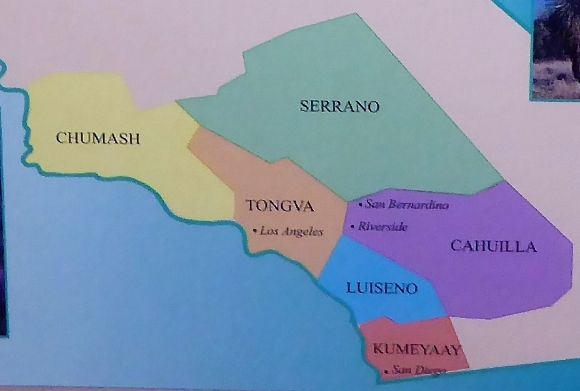 The map shown above shows Cahuilla territory in relationship to other Southern California Indian nations.
The map shown above shows Cahuilla territory in relationship to other Southern California Indian nations.
While basketmaking is an ancient art among the Cahuilla, pottery is a relatively recent innovation. About 600 years ago, the Cahuilla learned the art of pottery making from the Colorado River tribes.
One of the displays in the Riverside Metropolitan Museum in Riverside, California, looks at Cahuilla pottery. According to the display:
“With the ceramic pot, Cahuilla could store food longer through the season and years if need be. The ceramic pot was better equipped to store water as well.”
In their book The Cahuilla Indians of Southern California, Lowell Bean and HarryLawton write:
“While pottery was relatively late in developing among the Cahuilla, it also served as a means of artistic expression. A strong similarity exists between Cahuilla pottery designs, body designs, and petroglyph designs.”
While the Cahuilla made many items from clay, including pipes and parching trays, the kávishmal—olla or cooking pot—was probably the most common clay item made. According to the Museum display:
“Pots were made of local clays, using a paddle and anvil technique, and fired. There were different types of pots. Some stored food, some held water and others were for cooking. Small ceramic pots held small amounts of foods and medicines. Pots were often decorated with red pigment. Some of the designs were ceremonial but not all pots were ceremonial. Pots have been found cached in caves and under rocks for later use, with seeds still in them, sealed with a ceramic top. Some Cahuilla kept honey bees’ hives in pots, providing a ready source of honey.”
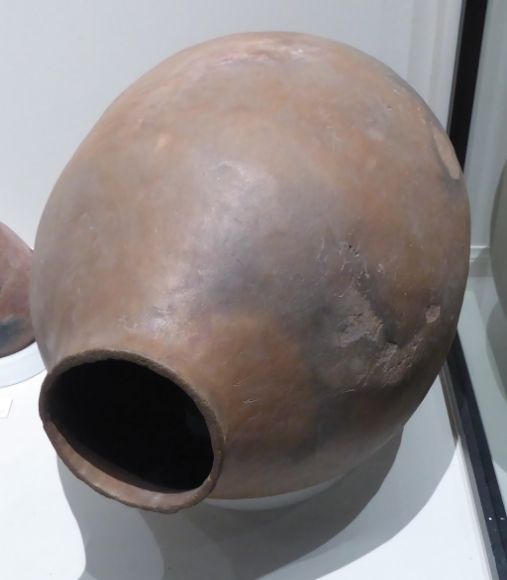 Shown above is a kávishmal which has been decorated with a red paint zigzag design.
Shown above is a kávishmal which has been decorated with a red paint zigzag design. 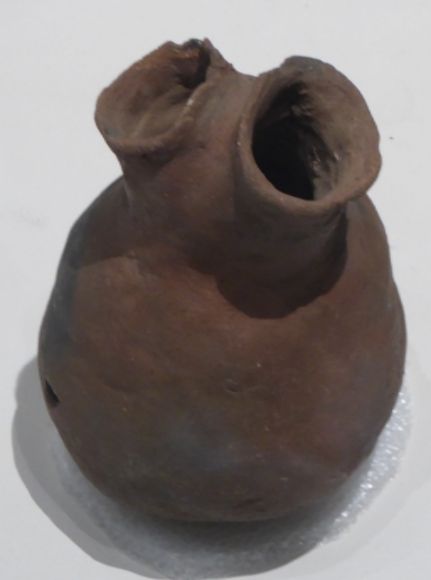 Shown above is a double-spouted Mountain Cahuilla kávishmal.
Shown above is a double-spouted Mountain Cahuilla kávishmal. 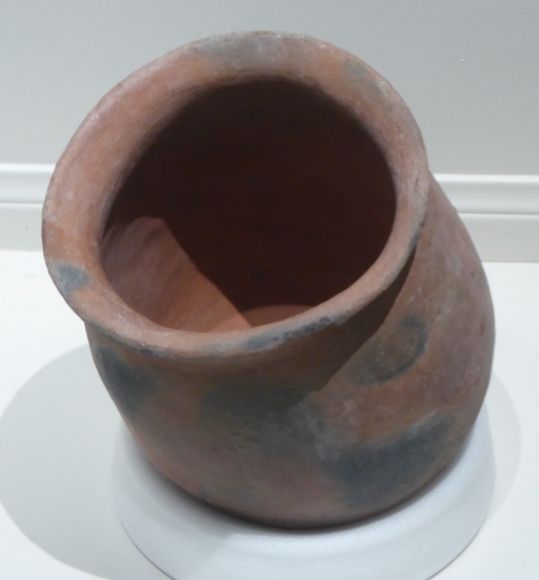 Shown above is a red-ware kávishmal which was probably made in the late nineteenth or early twentieth century.
Shown above is a red-ware kávishmal which was probably made in the late nineteenth or early twentieth century. 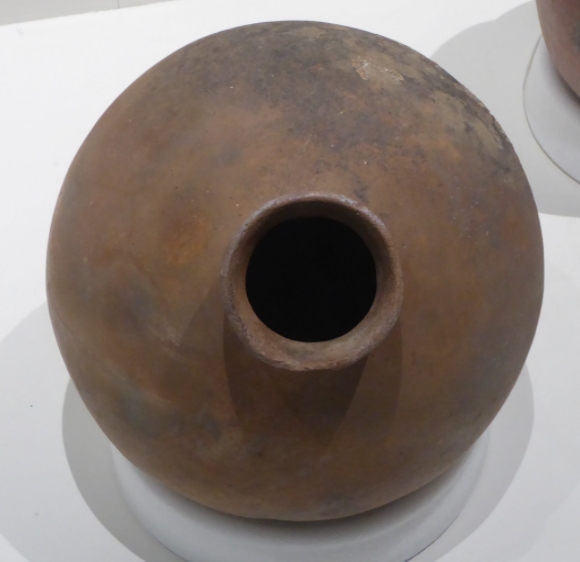 Shown above is a kávishmal which was decorated with hematite.
Shown above is a kávishmal which was decorated with hematite. 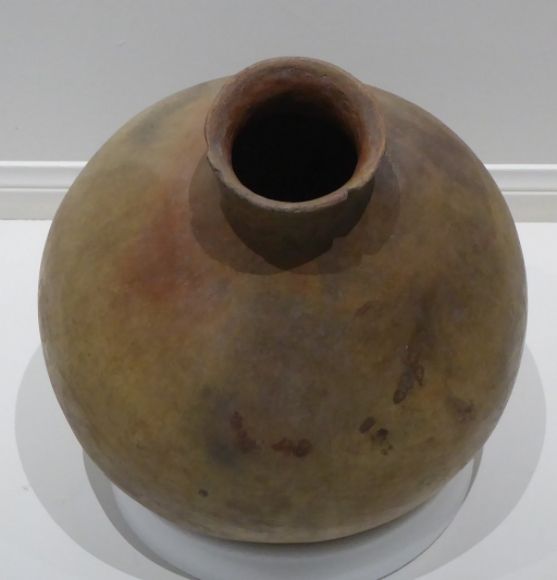 Shown above is a Desert Cahuilla burnished clay kávishmal.
Shown above is a Desert Cahuilla burnished clay kávishmal. 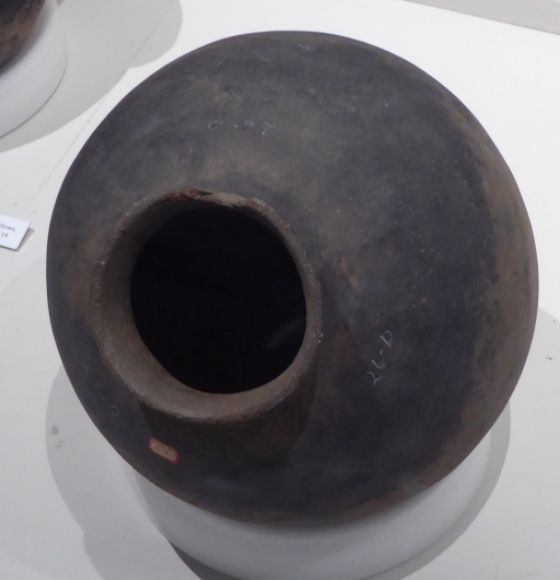 Shown above is an early twentieth century kávishmal which would have been used to store foods such as acorns or mesquite beans.
Shown above is an early twentieth century kávishmal which would have been used to store foods such as acorns or mesquite beans. 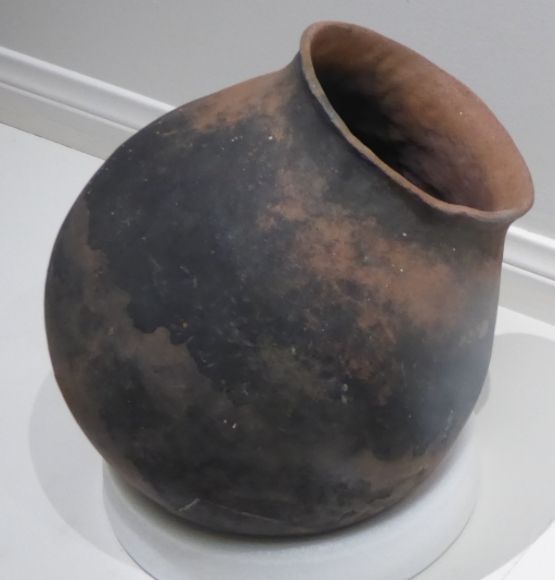 Shown above is a kávishmal.
Shown above is a kávishmal. 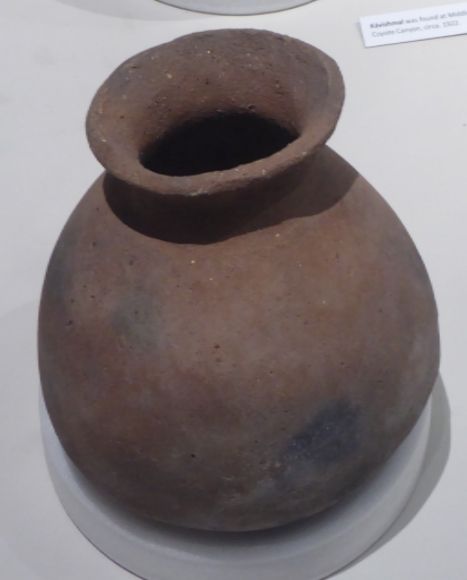 Shown above is a nineteenth century Cahuilla olla which was used as a storage jar.
Shown above is a nineteenth century Cahuilla olla which was used as a storage jar.
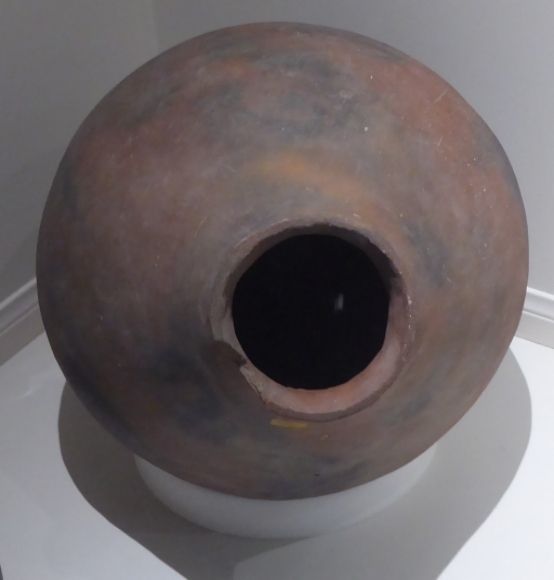 Shown above is a Mountain Cahuilla smooth surface burnished kávishmal.
Shown above is a Mountain Cahuilla smooth surface burnished kávishmal.
 Shown above is a gourd vessel. Using gourds as contains predates the use of ceramics. Gourd containers are lighter than ceramic containers and they do not shatter when dropped.
Shown above is a gourd vessel. Using gourds as contains predates the use of ceramics. Gourd containers are lighter than ceramic containers and they do not shatter when dropped.
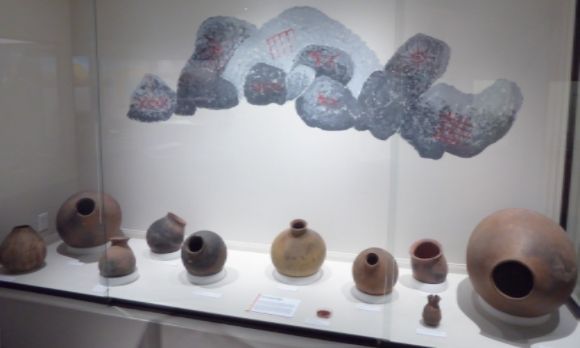
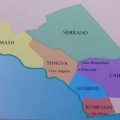
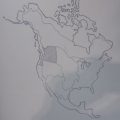
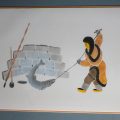
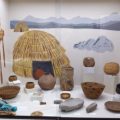
Leave a Reply